The "Rutschete"
When dinosaurs reached their enormous size in the Jurassic, Germany was covered by a warm shallow sea – the giant forms from this group of animals were, therefore, not native to our region. The dinosaurs early evolution, rapid rise, and the development of their diversity, on the other hand, are exceptionally well documented. One site in particular stands out: the "Rutschete" at the Obere Mühle near Trossingen. Discovered around 1908 by children playing, several very productive excavations were carried out on the 60 m wide and 12 m deep slope. The firm, violet-brown Knollenmergel unit contains numerous skeletons of the dinosaur Plateosaurus trossingensis, which could reach lengths of between 5 and 8 metres. These herbivorous dinosaurs are among the most common finds in this 205-million-year-old rock, deposited in an extensive clay mud plain.




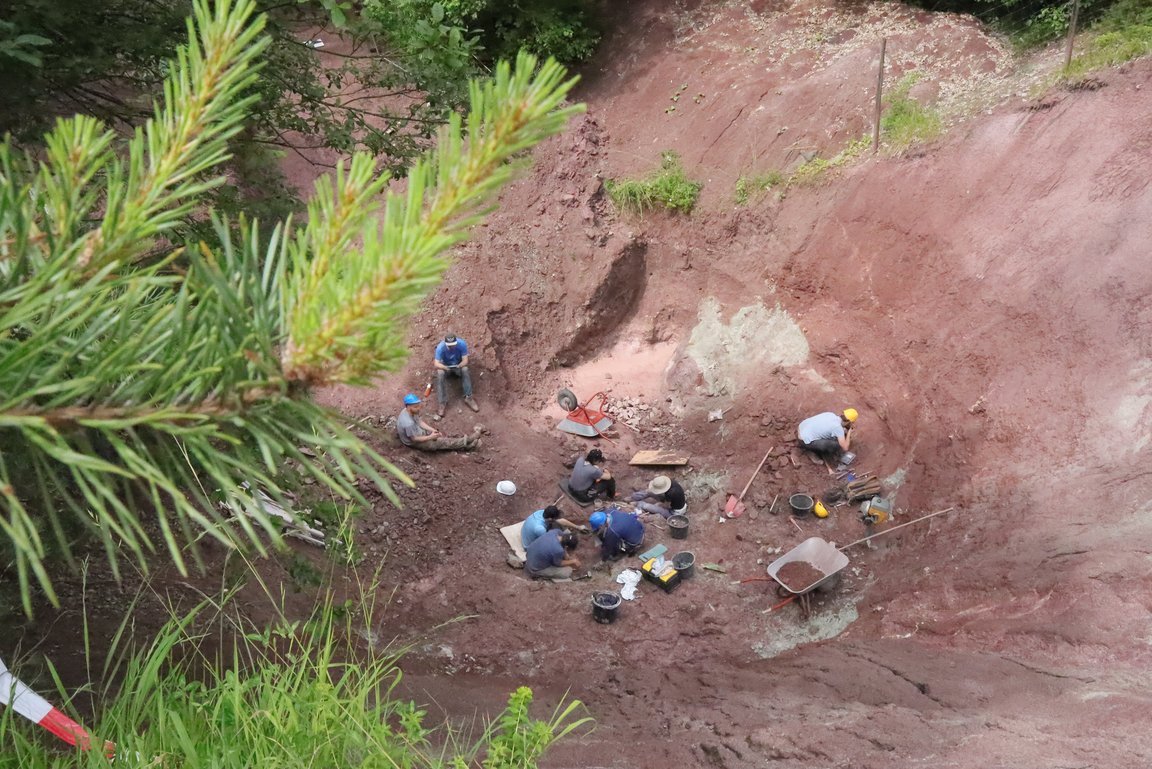

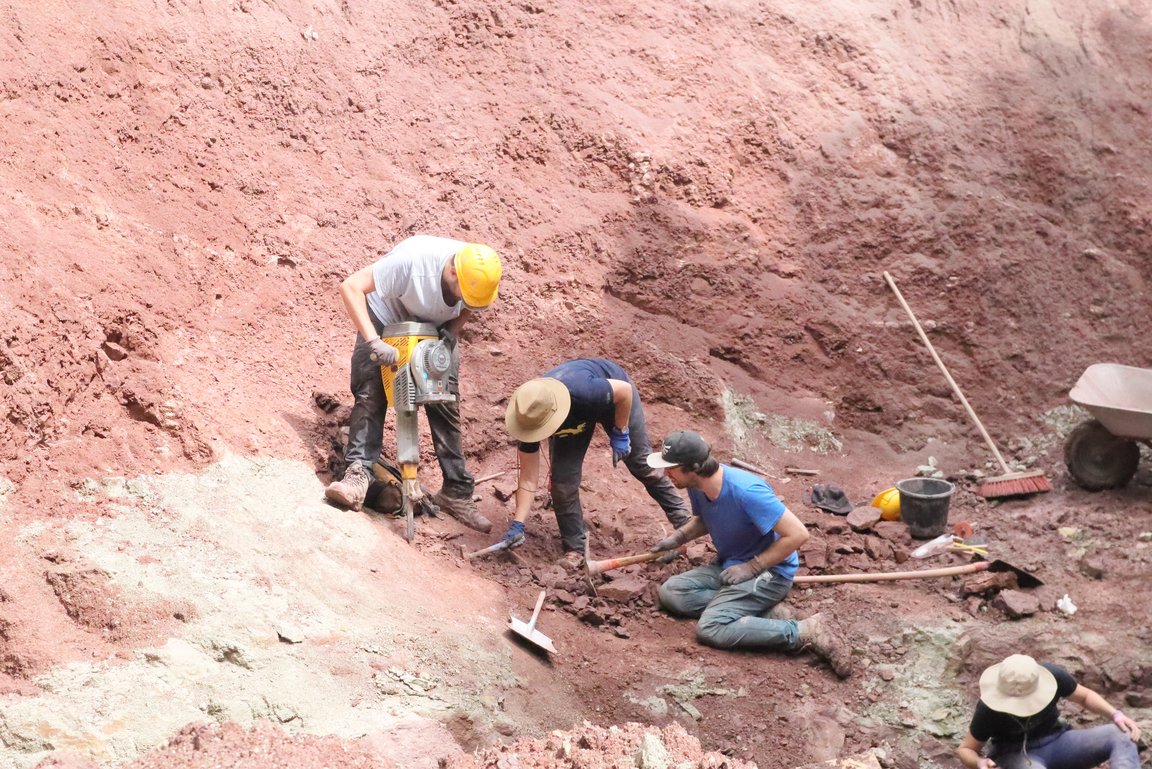



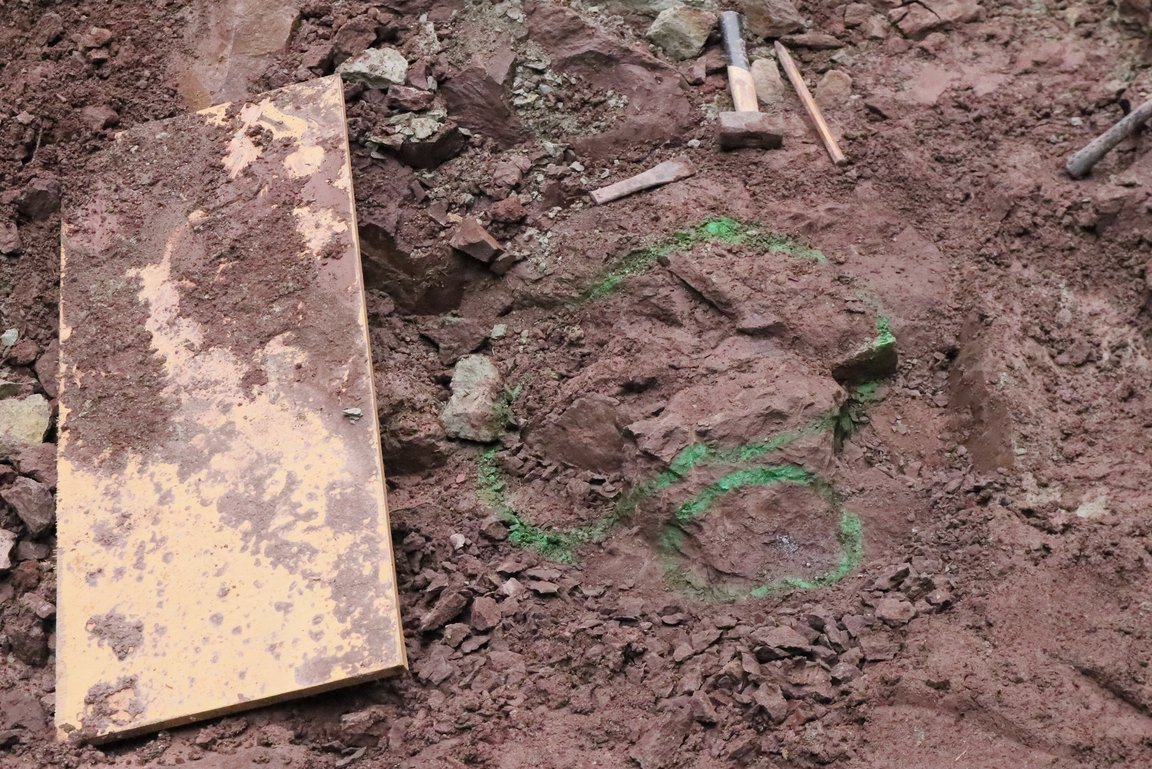
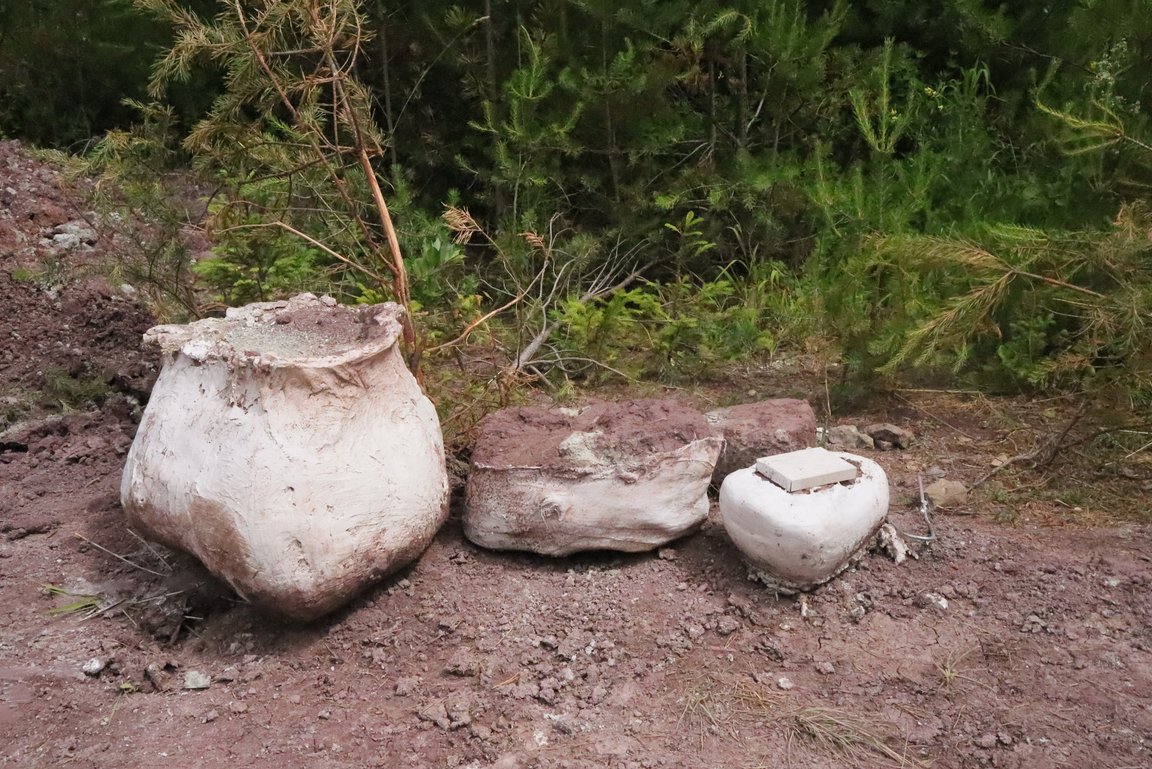

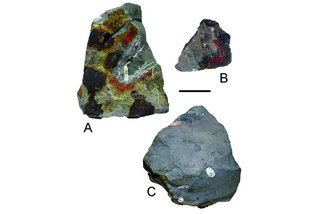
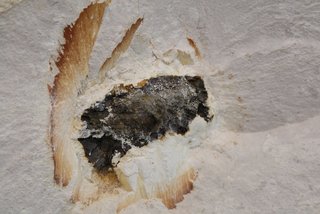
Comments (0)
No Comments